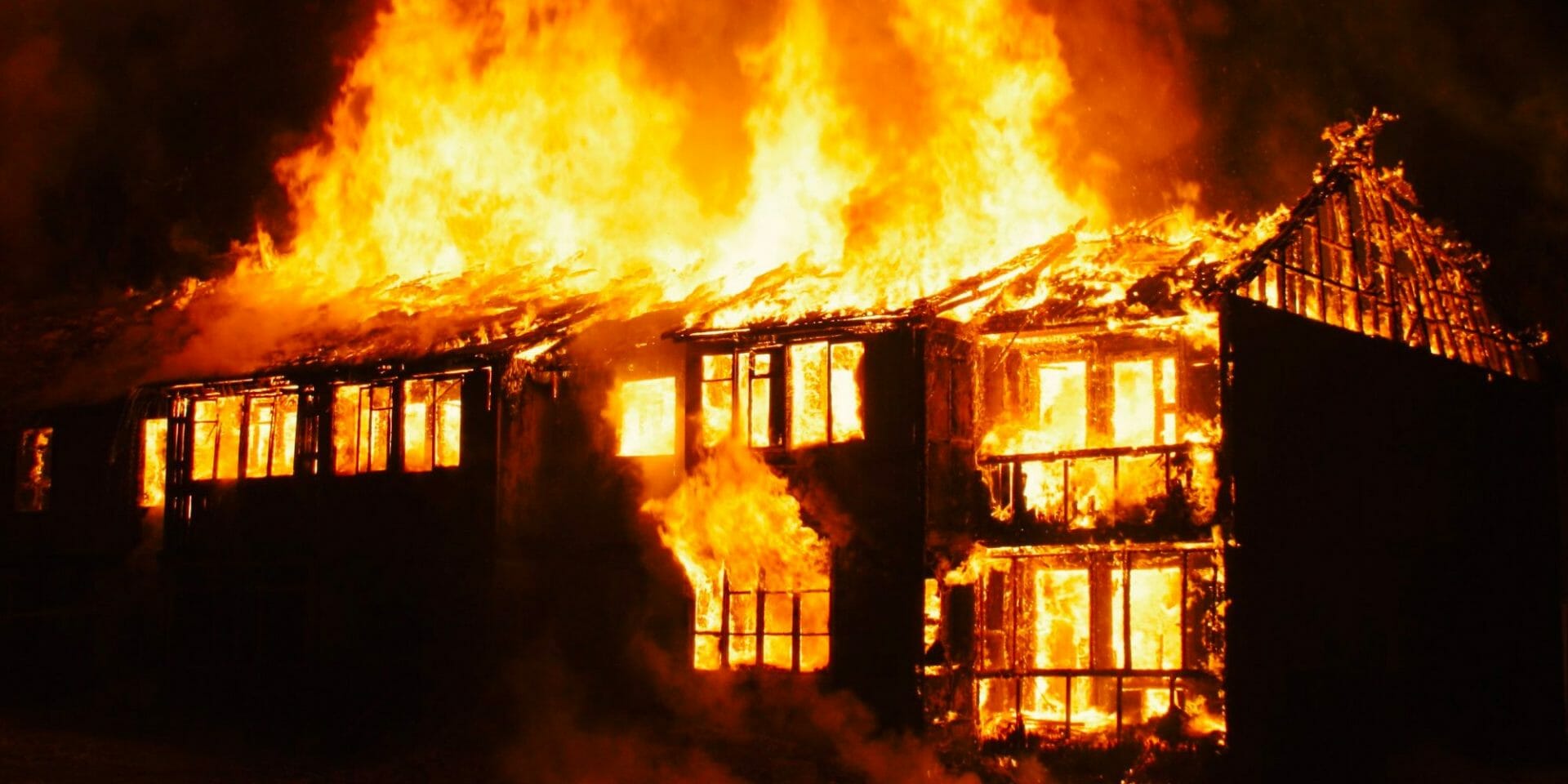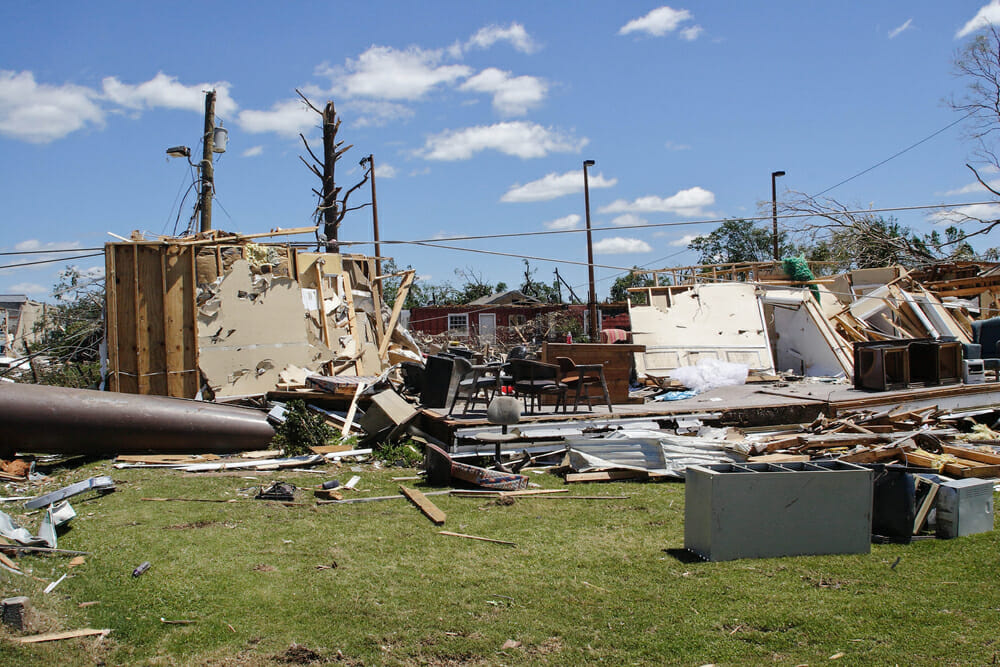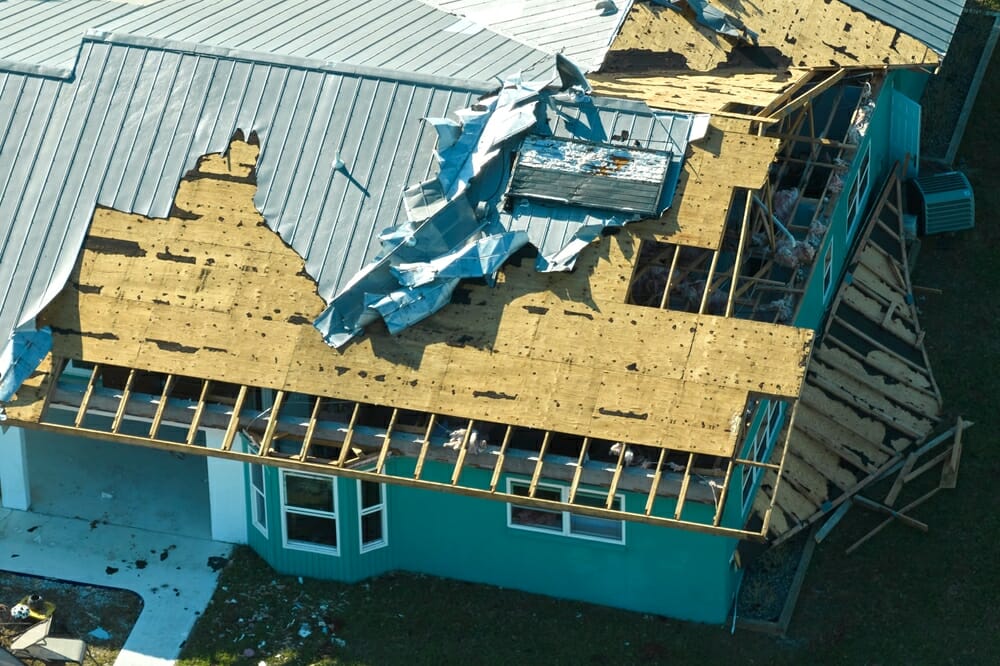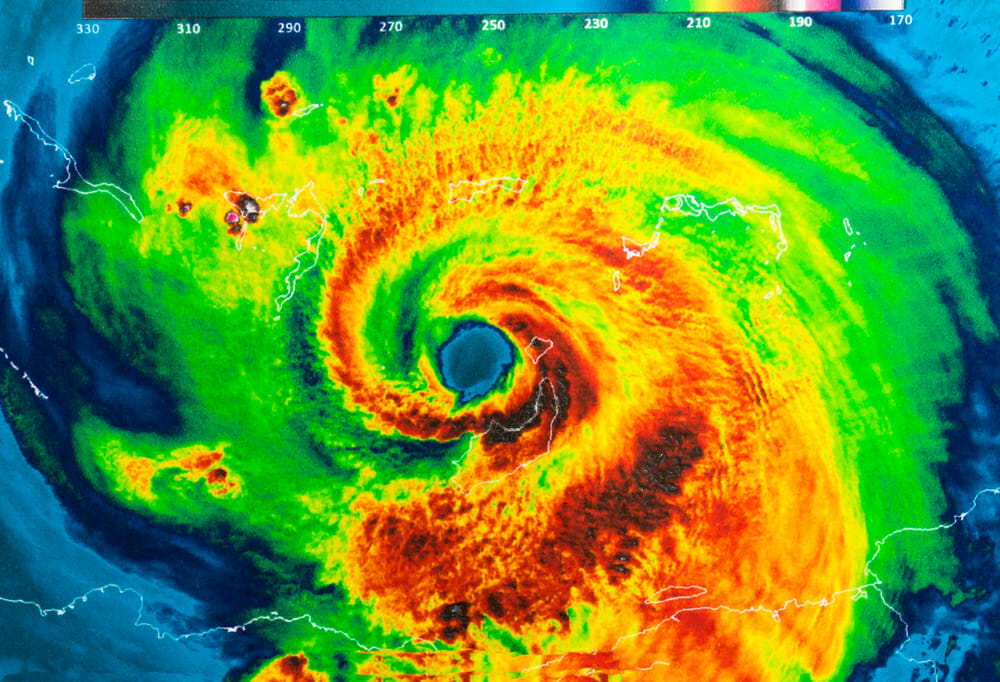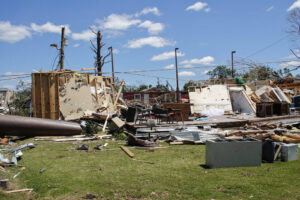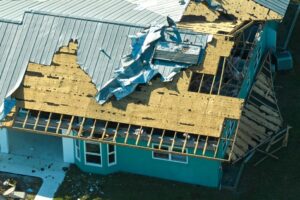Fires in Texas have become a pressing concern, especially with the increasing frequency and severity due to climate change. If you’re searching for quick information about recent wildfires in Texas, you should note:
- Smokehouse Creek Fire in Texas Panhandle spread over 1,655 square miles.
- Ongoing Fires: Magenta Fire, Windy Deuce Fire, and Grape Vine Creek Fire.
- Impact: Severe damage including loss of cattle, destruction of homes and crop lands.
Fires in Texas not only disrupt lives but also bring significant economic strain, particularly affecting the agriculture and livestock industries, which are vital to the region. The recurrence of large-scale wildfires, such as the recent Smokehouse Creek Fire, underscores the harsh implications of climate change, characterized by an increase in temperature and altered weather patterns. These weather shifts contribute to longer and more intense fire seasons across the state.
Research indicates that the risk of wildfires in Texas is escalating, particularly due to a combination of longer drought periods and increased temperatures. With this alarming trend, understanding the dynamics of wildfire seasons and their broader climate impacts is crucial for preparedness and response.

What Part of Texas Was Burning?
In recent events, the fires in Texas have painted a devastating picture across the state, especially affecting the Panhandle region. Let’s delve into the specifics of these fires, their spread, and the comparative scale of the devastation.
Smokehouse Creek Fire: A Historic Blaze
The Smokehouse Creek Fire, known as the largest blaze in Texas history, primarily burned northeast of Amarillo. This fire alone scorched an estimated 1.059 million acres, making it a focal point of concern and action for both local and state authorities.
The Panhandle: A Region Under Siege
The Texas Panhandle, known for its wide-open spaces and agricultural lands, faced the brunt of the wildfire’s fury. Towns like Fritch and Stinnett in Hutchinson County were particularly hard-hit, with hundreds of homes destroyed and many families displaced.
Spread to Oklahoma
The intensity of the Smokehouse Creek Fire was such that it did not confine itself to Texas. The blaze crossed state lines into western Oklahoma, further complicating firefighting efforts and increasing the area under threat.
Acreage Comparison
To put the scale of this disaster into perspective, the area burned by the Smokehouse Creek Fire alone is larger than the entire state of Rhode Island. This comparison highlights not only the massive scale of the fire but also the immense challenge faced by firefighters and emergency services in managing such a widespread natural disaster.
As we continue to monitor the situation, the spread and impact of these fires serve as a stark reminder of the increasing threat of wildfires in the region. The community, emergency responders, and governmental agencies remain on high alert as they tackle the flames and work towards recovery and rebuilding in the aftermath.
How Many Wildfires Are in Texas?
Texas, known for its vast landscapes and varying climates, often faces significant wildfire challenges. Let’s dive into the specifics regarding the number of wildfires, how they compare year over year, and the total acreage affected.
Fire Statistics
Each year, Texas experiences a substantial number of wildfires. For instance, in 2022, the state reported 371 individual fires, with the largest being the Eastland Complex fire. In contrast, the 2024 Smokehouse Creek Fire alone has already burned over 1,058,000 acres, surpassing the total acreage of all 2022 fires combined.
Yearly Comparison
Comparing different years can provide insight into trends and the escalating nature of wildfires in the region. The increase in acreage burned from 2022 to 2024 highlights a troubling trend toward larger and more uncontrollable fires. This escalation can be attributed to various factors including climate conditions and changes in land use patterns.
Acreage Burned
The acreage burned by wildfires in Texas varies each year but has shown an increasing trend. The 2024 Smokehouse Creek Fire, for example, has set a new record by burning an area larger than the state of Rhode Island, emphasizing the growing scale and potential destructiveness of these natural disasters.
As we look at these statistics, it’s clear that fires in Texas are not just frequent but also increasingly severe, affecting vast areas and posing significant challenges to firefighting and emergency management efforts. The ongoing efforts to combat these fires are critical in protecting lives, property, and the natural environment.
In the next section, we’ll explore the specific causes of these fires and the role of infrastructure in their propagation.
What Caused Texas Fire?
When investigating the causes behind the devastating fires in Texas, several critical factors come into play, including power line failures, infrastructure decay, and the involvement of utility companies. Let’s break down these elements to understand their impact better.
Power Line Failure
In the case of the Smokehouse Creek Fire, which ravaged parts of the Texas Panhandle, investigators pinpointed the origin to a fallen utility pole. This pole, reportedly showing signs of rot at its base, highlights a significant issue: aging and poorly maintained power infrastructure. The Texas A&M Forest Service confirmed that power lines were responsible for igniting this massive blaze, emphasizing the need for rigorous utility maintenance protocols.
Infrastructure Decay
Much of the country’s utility infrastructure, including that in Texas, was constructed in the mid-20th century. With wood utility poles now aging and often in decay, they are ill-equipped to handle the increasingly extreme weather conditions brought on by climate change. This decay not only makes the poles more susceptible to falling but also increases the risk of sparking fires when they do.
Texas A&M Forest Service Report
The Texas A&M Forest Service has been instrumental in investigating and reporting on the causes of wildfires in the state. Their findings regarding the Smokehouse Creek and Windy Deuce fires underscore the link between utility equipment and wildfire ignition. This connection is critical for understanding how preventive measures can be implemented.
Utility Involvement
Xcel Energy, the utility company involved, acknowledged that their equipment likely played a role in sparking the Smokehouse Creek Fire. However, they denied negligence in maintaining the equipment. This situation brings to light the broader issue of how utilities manage and maintain their infrastructure amidst growing environmental challenges. A review of state electricity codes indicated that while utilities are mandated to plan for emergencies, the specifics of how they manage their equipment maintenance are largely left to their discretion.
As we delve deeper into the causes of these fires, it becomes evident that enhanced regulatory oversight and updated maintenance standards for utility infrastructure are crucial. These steps are necessary not only to prevent future disasters but also to safeguard communities against the increasing prevalence of extreme weather events.
In the following section, we will explore the specific events surrounding the Texas Wildfire of 2024, focusing on how outdated utility infrastructure contributes to the risk and spread of wildfires.
What Caused the Texas Wildfire 2024?
In the heart of the Texas Panhandle, the devastation wrought by the 2024 wildfires has left many questioning the root causes of such massive blazes. A combination of old power lines, utility company oversight, and broader infrastructure issues all played pivotal roles. Here’s a breakdown of the main factors:
Old Power Line
The initial spark for the largest of the fires in Texas was traced back to an old power line. According to findings from the Texas A&M Forest Service, this line, appearing worn and poorly maintained, was a critical ignition point. The line’s failure underscores the risks associated with aging electrical infrastructure in rural and susceptible regions.
Xcel Energy
Xcel Energy, the utility company operating in the area, acknowledged that its equipment likely played a role in sparking the Smokehouse Creek fire. Despite this admission, the company has contested claims of negligence. This situation brings to light the challenges utility companies face in maintaining vast networks of electrical equipment across diverse and often harsh environments.
Aging Utility Infrastructure
Across the nation, much of the utility infrastructure was established in the mid-20th century. Experts like Costa Samaras, from Carnegie Mellon University, have pointed out that these structures were designed for a different climate era. They are now often ill-equipped to handle the increased frequency and intensity of extreme weather events, making them a liability in terms of wildfire risk.
Nationwide Risk
The issue of outdated and deteriorating utility infrastructure is not isolated to Texas. It is a nationwide concern, where similar conditions have led to catastrophic fires in other states like California and Colorado. The Texas wildfires serve as a stark reminder of the urgent need for comprehensive updates and rigorous maintenance standards across the country’s electrical grids.
As we continue to witness the repercussions of these disasters, it becomes clear that addressing the aging infrastructure is imperative not only for reducing wildfire risks but also for ensuring the safety and resilience of our communities against future extreme weather events. Moving forward, the focus must be on modernizing our utility systems to withstand the challenges posed by a changing climate.
How Are Wildfires Detected and Monitored?
Detecting and monitoring fires in Texas and other regions heavily rely on advanced technology from satellites to sophisticated models. Here’s how these systems work to keep us informed and prepared.
GOES East Satellite
The GOES East satellite plays a crucial role in wildfire detection. Stationed over the Western Hemisphere, it provides continuous monitoring of the same geographic area. This satellite is equipped with the Advanced Baseline Imager (ABI), which captures detailed images of Earth’s atmosphere, clouds, and surface. These images are vital for identifying hot spots associated with wildfires and tracking their spread in near-real time.
NOAA’s JPSS Satellites
The National Oceanic and Atmospheric Administration’s (NOAA) JPSS satellites are another key player. These polar-orbiting satellites circle the Earth from pole to pole, offering global coverage that complements the geostationary observations of GOES. The Visible Infrared Imaging Radiometer Suite (VIIRS) on these satellites has a high-resolution imager that detects smaller and cooler fires that might be missed by other systems. This capability is crucial for early fire detection.
VIIRS Instrument
The VIIRS instrument is particularly noteworthy for its Day-Night Band. This technology can detect the light emissions from fires at night, providing invaluable information during hours when other sensors might be less effective. This round-the-clock monitoring capability ensures that no fire goes undetected, regardless of the time of day.
HRRR-Smoke Model
Once a fire is detected, predicting its behavior becomes crucial. The High-Resolution Rapid Refresh (HRRR) smoke model uses data from satellites like GOES and JPSS to forecast the movement and density of smoke. This model provides updates every hour, offering predictions up to 24 hours into the future. Such forecasts are vital for emergency services and for issuing health advisories to the public.
Through these sophisticated technologies, wildfires are not only detected but also meticulously monitored. This monitoring helps in deploying firefighting resources effectively and in issuing timely evacuations, ultimately saving lives and property. As we advance, the integration of these technologies continues to be pivotal in our fight against wildfires.
How Can Homeowners Protect Their Properties and Ensure Adequate Insurance Coverage?
In light of the devastating fires in Texas, homeowners are increasingly concerned about how to protect their properties and ensure they have adequate insurance coverage. Here are some practical steps and strategies to consider:
Fire-resistant Materials
Using fire-resistant materials in construction can significantly mitigate the risk of fire damage. For example, covering wires and wrapping poles with fire retardant materials can prevent sparks in case of power line failures, a common cause of wildfires. Additionally, choosing non-combustible siding and decking materials can provide an extra layer of protection against fires.
Emergency Preparedness
Preparation is key to minimizing the impact of wildfires. Homeowners should develop and practice an evacuation plan that includes safe exit routes and meeting points. Keeping an emergency kit with essentials such as water, non-perishable food, and important documents is crucial. Regularly maintaining the area around your home by clearing away dry vegetation can also reduce fire risks.
Insurance Claim Recovery Support LLC
Navigating insurance claims after fire damage can be complex. Insurance Claim Recovery Support LLC specializes in advocating for policyholders to ensure they receive the maximum possible settlement. They assist homeowners in understanding their policies, documenting damages accurately, and negotiating with insurance companies.
Property Damage Claims
When filing property damage claims, it’s important to document everything meticulously. Take photographs of the damage and keep records of all communications with your insurance provider. Understanding the specifics of your insurance policy, such as coverage limits and deductibles, is essential for a smooth claims process.
Advocating for Policyholders
Homeowners should not have to navigate their insurance claims alone. Insurance Claim Recovery Support LLC works on behalf of policyholders to advocate for their rights and ensure fair treatment. They help interpret the often complex language of insurance policies and can guide homeowners through the entire claims process.
By implementing these measures, homeowners can not only protect their physical property from the devastating impact of a wildfire but also ensure they are adequately prepared to recover from potential damages. With the right knowledge and support, navigating the aftermath of a wildfire can be a more manageable experience.
Conclusion
Navigating the aftermath of a fires in Texas can be daunting, especially when it comes to dealing with property damage and insurance claims. At Insurance Claim Recovery Support LLC, we specialize in maximizing settlements and leveraging our property damage expertise to support Texas homeowners and businesses affected by fire and storm damage.
Maximizing Settlements: Our team of experienced public adjusters excels in negotiating with insurance companies to ensure you receive the compensation you rightfully deserve. We understand the nuances of insurance policies and use our expertise to challenge underpayments and denials effectively.
Property Damage Expertise: We bring a deep understanding of the types of damages that fires can cause to structures and landscapes. Our assessors are skilled in identifying all levels of damage, ensuring that nothing is overlooked during the insurance claim process.
Staying Informed with Texas Fire and Storm Damage News: We keep our clients and the community informed with the latest updates and preventive measures regarding fire and storm incidents across Texas. Staying informed helps in preparing for and mitigating the effects of future disasters.
Navigating the Insurance Claim Process: Our team guides you through every step of the insurance claim process. From initial damage assessment to filing claims and negotiating settlements, we ensure transparency and communication, making the process as smooth as possible for you.
In conclusion, while recovering from fire-related damages can be challenging, you don’t have to face it alone. With Insurance Claim Recovery Support LLC by your side, you can navigate the insurance claim process with confidence. Let us help you rebuild, restore, and return to normalcy with the financial compensation you rightfully deserve. Together, we can turn a devastating situation into a manageable recovery process.

